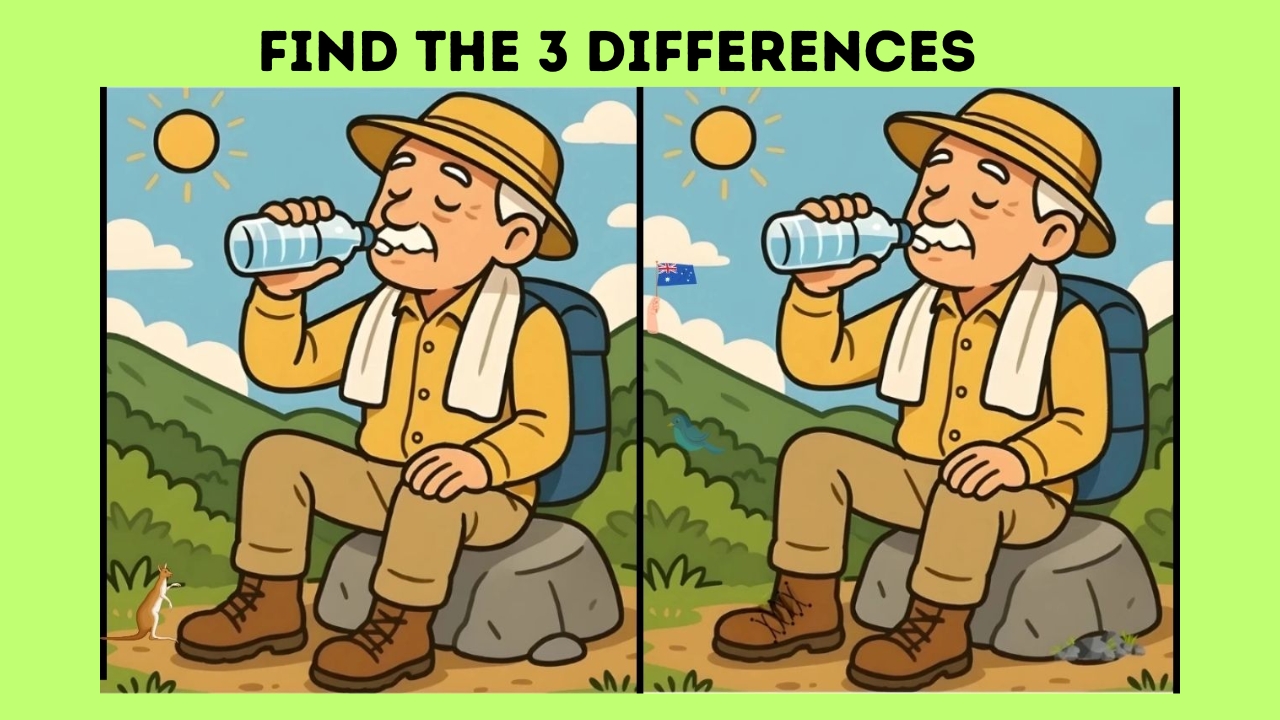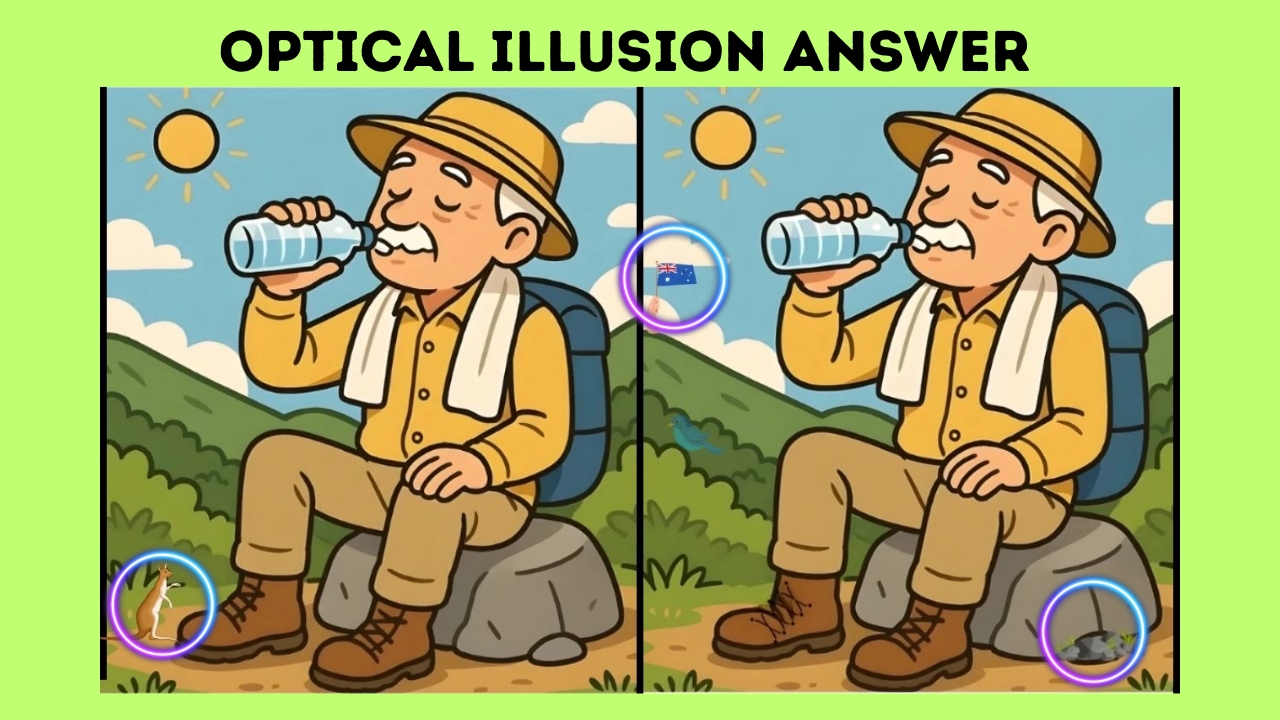What appears to be an ordinary image of a man drinking water has become the latest viral sensation sweeping across social media platforms. This deceptively simple optical illusion is challenging viewers worldwide to find three subtle differences between two nearly identical pictures. The premise sounds straightforward enough, but thousands of participants are discovering that their observation skills might not be as sharp as they thought.
The challenge presents two side-by-side images showing a man in the act of drinking water from a glass. At first glance, the pictures appear completely identical, featuring the same person, the same pose, and the same environment. However, hidden within these seemingly duplicate images are three carefully concealed differences that require intense focus and attention to detail to uncover.
Why These Puzzles Captivate Our Minds

Optical illusion challenges like this one have experienced a massive surge in popularity over recent months, particularly among adults looking to test their cognitive abilities. Psychology experts suggest that these visual puzzles engage multiple areas of the brain simultaneously, making them an excellent exercise for mental agility. Dr. Sarah Mitchell, a cognitive neuroscientist, explains that “spot the difference” games activate our visual processing centers while demanding sustained attention and pattern recognition skills.
Beyond the entertainment value, these challenges serve a practical purpose. Regular engagement with visual puzzles has been linked to improved concentration, enhanced memory retention, and better overall brain health. For many participants, the satisfaction of successfully identifying hidden differences provides a rewarding dopamine boost, similar to solving a crossword puzzle or completing a challenging sudoku.
The Social Media Phenomenon
What makes this particular challenge especially engaging is its accessibility. Unlike complex riddles or mathematical brain teasers, anyone can participate regardless of their educational background or age. The image has been shared thousands of times across platforms like Facebook, Instagram, and Twitter, with comment sections filled with people comparing their findings and debating the location of the differences.
Some participants report finding all three differences within seconds, while others admit to staring at the images for several minutes without success. The varying difficulty levels people experience often depend on factors like screen size, lighting conditions, and individual visual perception abilities. This variance in experience has sparked friendly competition among friends and family members, with many turning it into a timed challenge to see who can spot the differences fastest.
Tips for Success
For those struggling to identify the differences, experts recommend a systematic approach. Rather than allowing your eyes to dart randomly between the images, try dividing each picture into sections and comparing them methodically. Start from the top left corner and work your way across and down, examining every detail carefully. Pay particular attention to elements that commonly feature differences in these puzzles: clothing details, background objects, shadows, and subtle color variations.
Another effective strategy is to slightly unfocus your eyes while looking at both images simultaneously. This technique, sometimes called the “magic eye” method, can help differences pop out more obviously. Additionally, taking short breaks if you’re stuck can help reset your visual perception, allowing you to return to the challenge with fresh eyes and potentially spot what you missed before.
The Answer Revealed

For those who’ve given it their best effort and are ready for the solution, here are the three differences hidden in the images: First, the water level in the glass differs between the two pictures, with one showing slightly more liquid than the other. Second, there’s a subtle change in the man’s watch or wristband on his arm. Third, a small detail in the background—possibly a shadow or an object—has been altered between the two images. These carefully placed differences demonstrate why the challenge proved so difficult for many viewers, as they’re subtle enough to escape casual observation but distinct enough to be definitively identified once pointed out.



